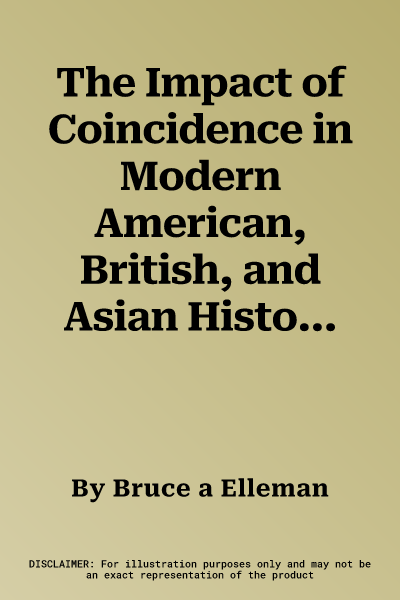In 21 short case studies, this short book examines the distinctive
coincidental history of America, Britain, and various Asian countries
during the twentieth century. It covers a wide range of historical
events, from American expansion into the Pacific to the creation of the
Soviet gulags in Siberia to the end of the Vietnam War.
Each of the short case studies focuses on one set of coincidental
actions. Were they linked in some way? Or completely random? The reader
is allowed to decide for themselves. Often, the coincidental overlap is
due to timing, with various events throughout history occurring on the
same dates. For example, Great Britain's controversial blockade of
Venezuela began on December 7, 1902, the U.S. Navy and the Royal Navy
merged forces on December 7, 1917, and Japan attacked American and
British naval bases on December 7, 1941. The author will suggest that
these three actions were linked, but it is up to the reader to decide if
it was really just a coincidence.
The main goal of this short book is to show how watershed historical
events can often become layered or overlap each other, sometimes by
intent but often merely by happenstance. As Ian Fleming once famously
opined about actions in war: "Once is happenstance. Twice is a
coincidence. Three times is enemy action."

